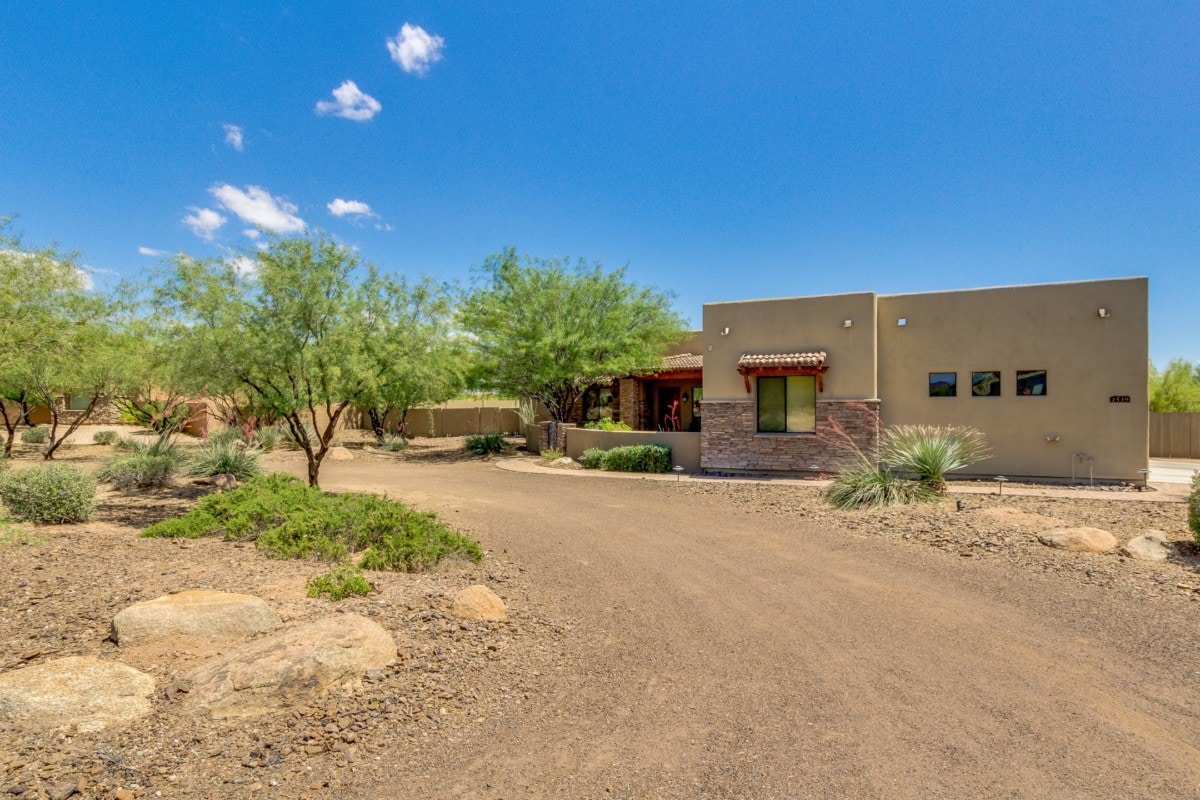How to Prepare Your Home for Drought
If you live in an area where the risk for drought is high, you’ll want to start preparing your home – and yourself – for a drought. To help you get started, we’ve gathered information to help you assess your water needs and come up with a plan for conserving your water supply. Keep reading to learn how you can take the proper precautions and prepare your home for drought.

What is a drought?
A drought occurs when there is a lack of precipitation—such as snow, sleet, or rain—resulting in a water shortage for a long period of time. While droughts occur naturally, human activity, such as water use and management, can also cause a drought.
Where do droughts occur?
Actual drought conditions vary from region to region, and the determination of a drought is based on an area’s specific weather patterns. For example, six rainless days on the tropical island of Bali could be considered a drought for that area. Whereas in Navajo County, AZ, 51% of the year is spent in a drought.
Steps to prepare your home for drought
If you live in a drought-prone area, it’s important that you implement some of the following measures to ensure that you and your community are prepared if a drought hits.
1. Check and repair any water leaks in your home
Leaky pipes can waste thousands of gallons of water a year, and not only will this waste precious water you may need when a drought hits, it also will cause your water bill to increase. To avoid both of these problems, check all faucets and toilets in your kitchen and bathrooms to make sure no water is leaking. You can also read your water meter, wait thirty minutes without using any water, and check back to see if there’s a difference. If there is a discrepancy, you likely have a leak somewhere and may need to call a professional to investigate.
2. Install water-efficient appliances
Older appliances often use more water than is needed. By upgrading certain appliances in your home, you can see a decrease in water use and therefore, a lower water bill. Water-efficient versions of your appliances like low-flow showerheads, low-volume toilets, and high-efficiency dishwashers or washing machines will make all the difference when it comes to conserving water and preparing for a drought.
3. Get into the habit of not wasting water
The simplest thing you can do to not wastewater is to be conscious of your actions. When doing things like washing dishes, brushing your teeth, and shaving, remember to turn the faucet off when you are not directly using the water. Additionally, you can reuse water that normally would have been wasted. One way to do this is to place a bucket in the shower to collect the water while you wait for it to heat up, and then use that water to water your plants or clean the exterior areas of your home.
4. Try harvesting rainwater
Rainfall brings thousands of gallons of water to your property each year, especially if you live in a rainy climate like Seattle, WA, or Vancouver, BC. Take advantage of this free water by harvesting some of it in a rainwater barrel. You can use this rainwater for drought conditions by using it to water your lawn and vegetation. It will also help you reduce your water bill. Place the barrel of your choice under a downspout gutter to efficiently collect rainwater for later use.
5. Plant native drought-tolerant plants in your garden
Try planting native, drought-tolerant vegetation. These plants are adapted to the climate so you won’t need to water them as frequently as other plants or flowers. When planting these native plants make sure to use plenty of mulch to retain moisture in the soil. Mulch helps keep the weeds away which ultimately can take water away from your plants.
6. Implement smart irrigation to prepare your home for drought
A great way to monitor the watering of your lawn and plants is to implement smart irrigation. You can do this one of two ways: you can drip-irrigate with a hose that has small holes and move it around the yard, or if you have a sprinkler system, install a smart controller that monitors moisture in the soil and turns on sprinklers as needed. This will allow you to conserve water more efficiently if a drought occurs.
Climate change droughts are becoming more and more common so it’s vital to be prepared, especially if you live in an area prone to drought. If drought does occur be sure to observe your state and local restrictions on water use so that you are up to date on any new rules or regulations.
The post How to Prepare Your Home for Drought appeared first on Redfin | Real Estate Tips for Home Buying, Selling & More.
